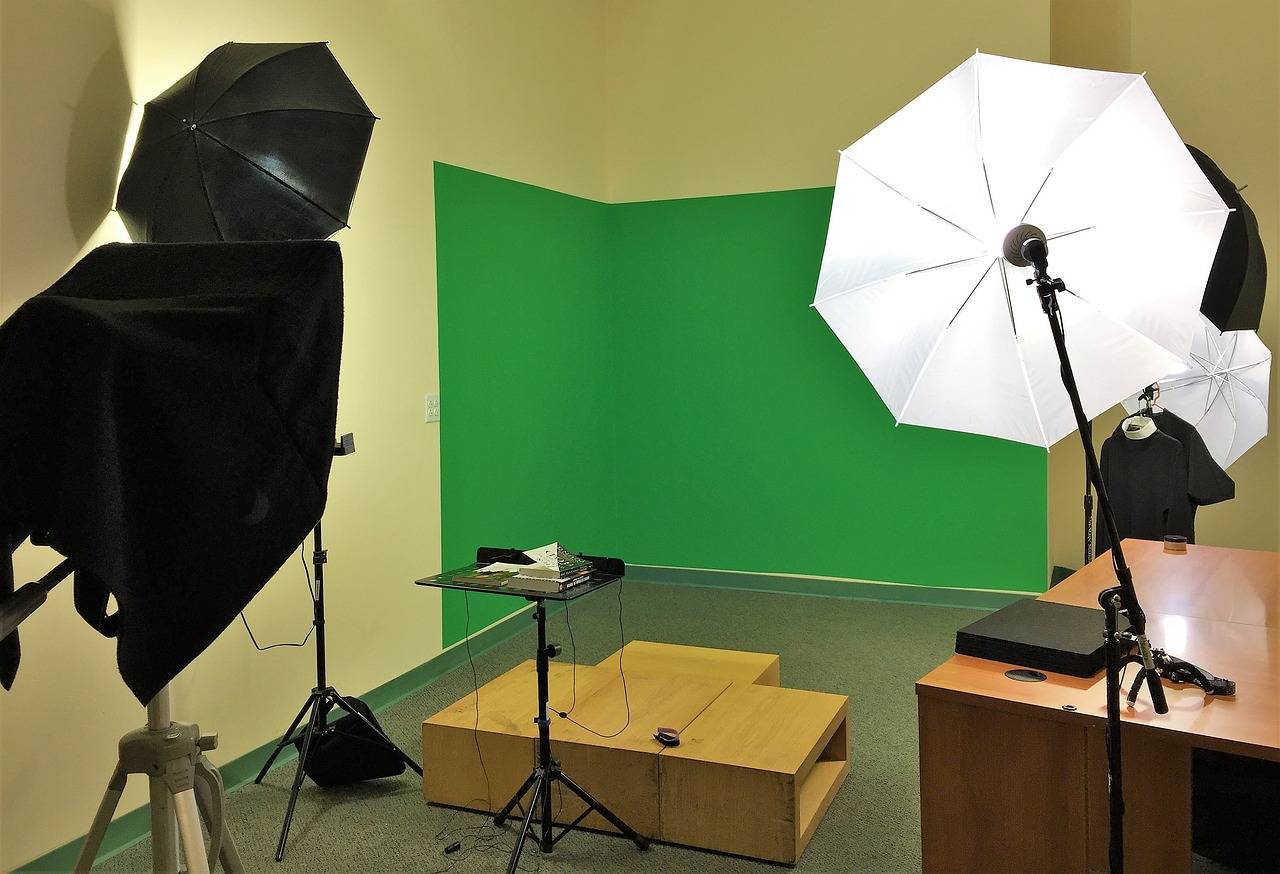Behind the Scenes: The Evolution of Puppetry in Film and TV
Puppetry had an early presence in the realms of early cinema, gathering traction as a captivating form of storytelling that blended artistry with innovation. By utilizing puppets, filmmakers found a way to transcend the limitations of live actors, allowing for more elaborate visual narratives to unfold on screen.
In the early days of cinema, pioneers like Georges Méliès and Segundo de Chomón spearheaded the integration of puppetry into their films, pushing the boundaries of what was possible in storytelling and visual effects. These visionaries paved the way for future filmmakers to explore the possibilities of puppetry in creating fantastical worlds and imaginative tales on the silver screen.
Pioneers of Puppetry in Film and TV
One of the most iconic pioneers of puppetry in film and TV is Jim Henson. He is best known for creating beloved characters like Kermit the Frog, Miss Piggy, and Big Bird. His groundbreaking work on “Sesame Street” and “The Muppet Show” revolutionized puppetry in the entertainment industry, blending humor, heart, and technical innovation.
Another trailblazer in puppetry is Gerry Anderson, who was a visionary in the world of science fiction puppetry with his series “Thunderbirds” and “Captain Scarlet.” Anderson’s distinctive style combined marionettes with intricate miniature sets and special effects, creating a unique and engaging viewing experience for audiences of all ages. His contributions to puppetry in film and TV have left a lasting impact on the industry.





